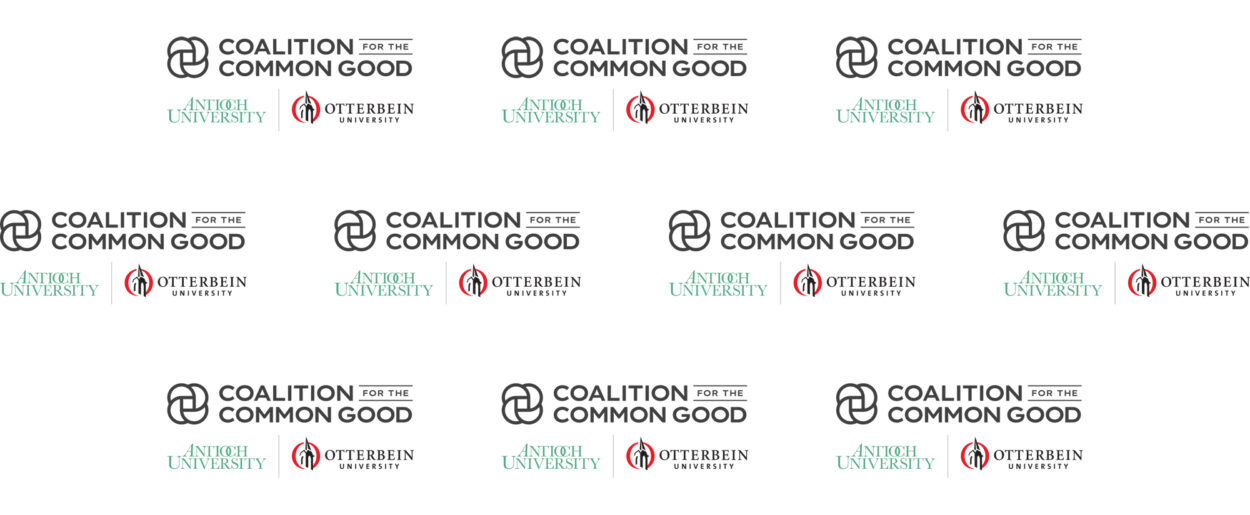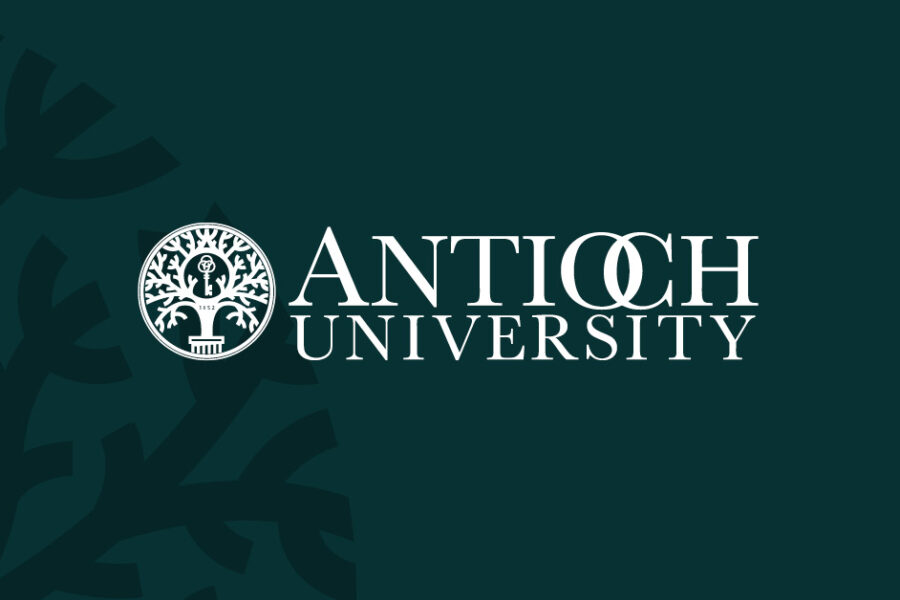In 2024, when Antioch University came together with Otterbein University to form a shared university system, the Coalition for the Common Good, one of the major reasons for joining forces was that together they could foster innovative forms of institutional collaboration—such as creating new pathways that benefit the students, programs, and universities involved. An early example of this promise coming to fruition are the fifteen Graduate Early Admission Pathways that allow Otterbein students to study in graduate-level Antioch courses as part of their undergraduate education, earning credit toward both their bachelor’s degree and their future master’s program.
For students, the advantages are clear. Graduate Early Admission Pathways, or, for short, GEAPs, help accelerate academic progress, reduce the time to degree completion, and lower overall tuition costs. The advantages for the partner universities are clear as well. For Otterbein, the pathways help with enrolling new students who are drawn to the promise of a straight shot to a good career. And for Antioch, GEAPs bring undergrads directly into graduate programs across the country.
Here’s how GEAPs work. First, Otterbein students apply for a GEAP during their junior year. If accepted, they take three graduate-level Antioch courses—worth nine credits—during their senior year. These courses count toward both undergraduate and graduate degree requirements and are covered by the student’s undergraduate tuition. After graduation, students continuing on to a graduate program at Antioch receive a 15% tuition discount. This structure offers not just financial and academic benefits—it also provides students with early exposure to graduate-level expectations and learning environments, potentially igniting deeper academic passions and career clarity.
At the heart of every GEAP is meaningful faculty collaboration. To be approved, each pathway must pass Otterbein’s curriculum committee, which ensures that Antioch’s graduate courses align with Otterbein’s undergraduate degree requirements. That alignment demands intentional, thoughtful design—and results in academically rigorous, high-impact pathways that support student growth.
One of the first GEAPs to be approved was the Clinical Mental Health Counseling pathway. In creating this GEAP, Otterbein Psychology Professor Meredith Frey worked with Antioch faculty members including Ali Corey and Cathy Lounsbury to align curriculum and think about how the two programs could complement each other. This pathway is already in its second cohort, and student response has been overwhelmingly positive. Other GEAPs cover a wide range of disciplines, from art therapy to environmental studies and from healthcare administration to nonprofit management. And more are in the works, as the collaboration between Otterbein and Antioch continues to grow. Each GEAP represents an opportunity for students to pursue their goals more efficiently—and for Antioch and Otterbein faculty to collaborate across institutions and disciplines.
The benefits extend beyond students. For Otterbein, GEAPs are a distinctive way to recruit and retain undergraduates by offering clear and affordable graduate outcomes. For Antioch, they open new doors to engage with motivated students and introduce them early to the University’s graduate culture. And for the Coalition for the Common Good, GEAPs exemplify the power of collaboration over competition—a guiding ethos of the Coalition. Through this collaborative approach, institutions are working together to create flexible, forward-thinking educational opportunities that benefit everyone involved. As more institutions join the Coalition, new GEAPs and other collaborative programs are expected to emerge, further strengthening the potential of this innovative model.




